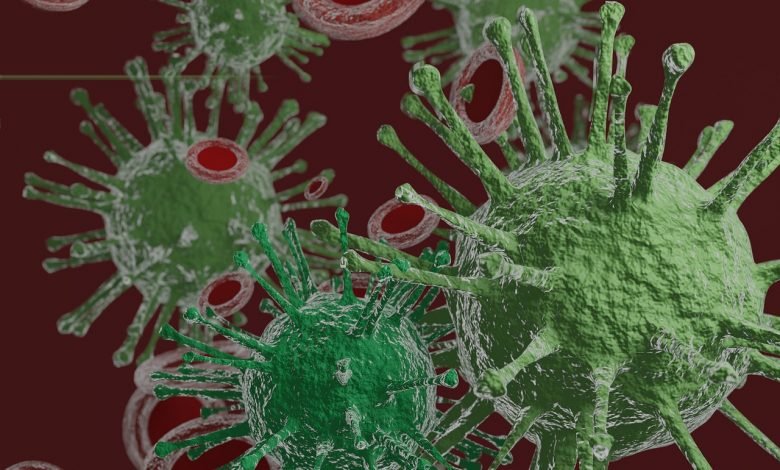Influenza and Pneumonia – Symptoms, Prevalence, and Treatment of Influenza and Pneumonia

Learn about the symptoms, prevalence, and treatment of Influenza and pneumonia. You can avoid becoming a victim by following these simple steps. Read on to learn more. Listed below are some common symptoms and treatments for influenza and pneumonia. Infections caused by influenza are more contagious than other respiratory diseases. Prevention and early detection is key to preventing serious illness and ensuring optimal health. In the United States, the influenza season typically runs from mid-March to mid-May.

Influenza
The medical community has identified two types of pneumonia: bacterial and viral. Infectious pneumococcal pneumonia may lead to a serious and fatal condition known as sepsis. In fact, pneumonia is one of the leading causes of death in elderly individuals. Infection with COVID-19, which is a bacterium, is also a risk factor for pneumonia in people with congenital heart or lung disease. Both types of pneumonia have similar symptoms and risk factors.
Pneumonia is especially dangerous for pregnant women and those with underlying health conditions. Vaccinating against both can protect against pneumonia. While influenza and pneumonia vaccinations are effective in preventing pneumonia, some people may still require booster shots to ensure complete immunity. It is recommended to obtain pneumonia vaccination for pregnant women and children during their first trimester. In addition to the flu vaccine, individuals should drink plenty of water and avoid contaminated surfaces.
Symptoms
Flu is a highly contagious illness that affects both children and adults, and is most common during the winter months. This virus is spread through coughing and sneezing, and is easily transferred to others by contaminated hands. Every year, over 200,000 Americans are hospitalized with the flu due to complications. Young children, older adults, pregnant women, and people with lung disease are at higher risk for serious illness from influenza.
The symptoms of pneumonia and flu are similar. Both infections cause coughing, so it’s important to know the difference between the two. Pneumonia, on the other hand, is a lung infection that causes inflammation of the air sacs in one or both lungs. Pneumonia often develops as a complication of influenza. In the first instance, a person with pneumonia will develop more severe symptoms than someone with the flu, such as bluish skin, chest pain, and fever.
Prevalence
A recent study looked at the incidence of pneumonia among hospitalized patients with seasonal influenza. It also identified factors that increased the risk of pneumonia in hospitalized patients. According to the study, influenza A patients had an incidence of 65.7%, while influenza B patients’ incidence was 65.8%. Among patients admitted with influenza, female patients were significantly more likely to develop pneumonia. Patients who also suffered from other respiratory diseases were more likely to develop pneumonia.
Unlike today, antibiotics were not developed until the 1940s, so the flu was spread by people who did not even realize they were sick. A Spanish flu outbreak typically involves a high fever, body aches, blood-streaked pus, and headaches. A third wave of the illness hit in the spring of 1919. These cases were fatal, and the number of people infected increased. Although antibiotics did eventually become available, they still had to be administered.
Treatment
Treatment of influenza and pneumonia depends on the type of symptoms. Generally, patients with flu-like symptoms experience fever and muscle aches. In more severe cases, fluid testing or a camera down the throat is required to confirm the diagnosis. Antibiotics will not cure the infection if caused by a virus, but can help patients feel better faster. If your flu-like symptoms persist, your health care provider may prescribe antiviral medications to prevent the spread of the virus.
Although the symptoms of pneumonia and flu are similar, the former is more serious. In younger children, symptoms of pneumonia are milder and less severe than those of the latter. The latter may require hospitalization, and in older adults, it can be dangerous. More severe cases can lead to permanent lung damage, so it is important to seek immediate medical attention. Prevention is essential for reducing your risk of developing pneumonia or influenza. While many treatments work, some treatments may prove to be ineffective.



